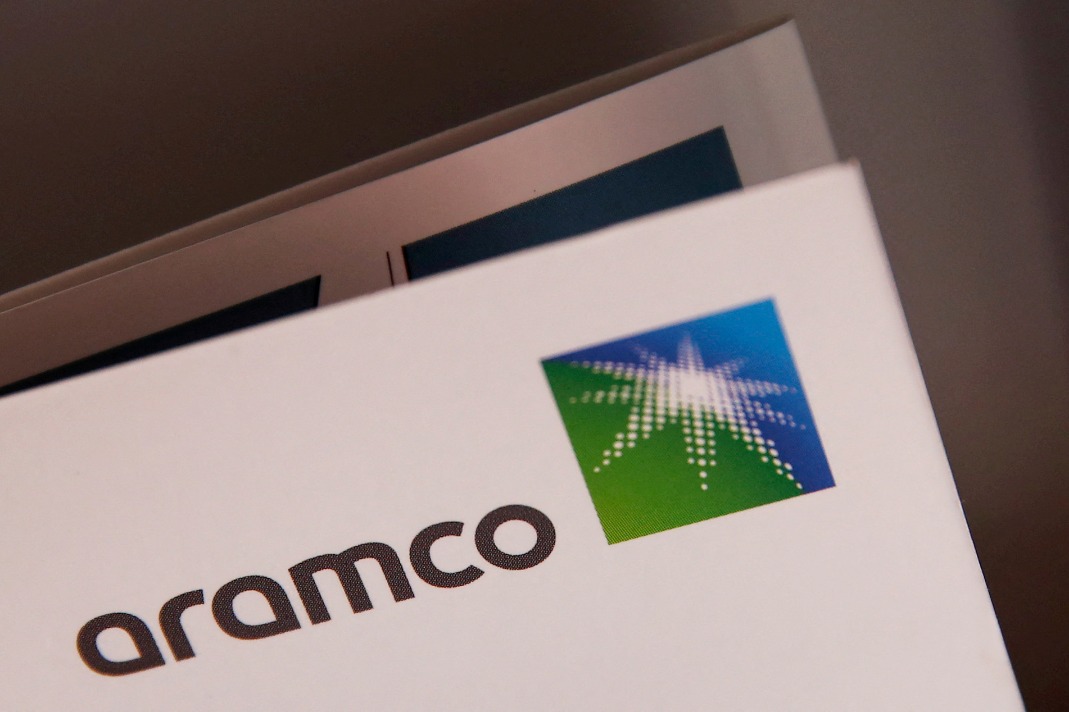Recovery signs shift focus to challenges, opportunities


First-quarter GDP data have shown China's economic recovery is continuing, as underpinned by steady policy support. At the same time, more precautionary policies can be expected to cope with potential economic changes.
The April economic data have shown that the economy is generally returning to normality. After a short-term shock last year, economic rebound this year can be fast and strong during the initial stage, yet the on-month recovery will gradually slow down, which will also be in line with our predictions. The April data show that recovery in industrial production and consumption is continuing, though consumption recovery is somehow falling behind market expectations.
There are several aspects showing that the economic recovery is delivering positive signs.
First, investment in manufacturing is climbing up, as evidenced in April data, and will go stronger in the future. Investment in manufacturing is mainly catalyzed by industrial transition and upgrading. Through a sector-specific perspective, after the COVID-19, industries of the new economy, including technology, environment-related industries and medical industries will continue to be strong in expansion.
For some traditional industries, the level of profitability will also rise. Given the global trend of inflation, good profitability will increase expenditure of these industries, particularly in technological products and energy-saving equipment, to promote their upgrade.
Increase in investment in manufacturing will benefit the overall economy in the short term. It also means that the manufacturing cycle will no longer be dependent on the driving force of the previous infrastructure and real estate sectors.
Second, the recovery of consumption from the COVID-19 impact, and recovery in the offline services industry, particularly in catering services, have ensured their levels now are the same as two years ago. And there is still room for improvement considering the growth momentum.
As the level of household saving has increased since the COVID-19 situation and has not returned to the pre-pandemic level so far, it may take some time for full consumption recovery. The structure of consumption may also see a change. Before COVID-19, offline shopping was showing strong momentum of growth, while in the post-pandemic era, services may see faster increase in the entire consumption structure.
Third, foreign trade data in the past few months show that exports are recovering in many sectors, not only in pandemic-related goods and high-tech products but also in electronics and home devices. Against the backdrop of global economic recovery, it is possible that China's foreign trade will reach a two-digit growth this year.
While good signs in economic recovery continue, China's policy tool box will likely consider risks on several fronts, including risks of pandemic resurgence, inflation and cross-border capital flows. As the overseas epidemic situation has not been completely controlled, there may be some imported cases, and some cases may occasionally appear in some areas at home.
This situation may suppress consumption and related industries. Also, changes in inflation expectations and rising commodity prices brought about by the expansionary policies of developed countries also pose challenges.
Meanwhile, developed countries' monetary policy withdrawal may lead to changes in international market liquidity conditions and fluctuations in cross-border fund flows.
Against such a background, the following policy recommendations are made.
First, target fiscal support shall be maintained. If there are some recurrences of the epidemic, it is crucial to have some targeted, continuous support for businesses, particularly small and micro ones and catering businesses. The government's fiscal policy orientation this year is relatively loose, which provides room for coping with any fresh outbreaks and supporting vulnerable industries.
Second, efforts needs to be made to manage inflation expectations. The rise in commodity prices is mainly affected by the international market, yet a broader background is a cyclical recovery and stronger demand. The rise in commodity prices resulted in corporate profits and investment spending, and foreign trade businesses are also gaining strength under the global recovery.
Also, the overall liquidity is relatively sufficient. In addition to regulating the supply of commodities, macroeconomic policies need to manage inflation expectations. If monetary policy remains accommodative and inflation expectations rise, there may be pressure of overheating in certain areas, such as real estate. Interest rates also have room for trending upward.
Third, it is also important to manage fluctuations caused by cross-border capital flows. It has been widely expected in the market that the US Federal Reserve may consider tapering off its quantitative easing policies in the second half of the year.
Historically, marginal changes in the Fed's policy may result in great fluctuations in the liquidity of the international market. It may also affect cross-border capital flows. In terms of domestic policy, on the one hand, monetary policy needs to consider steps in buffering these changes. On the other hand, it is important to consolidate market construction, like stepping up the development of market interest rates and tools of exchange rate.
As China is accelerating the opening up of the capital market, and cross-border capital flows are growing normal, there will be continued demand and sufficient room for development in areas such as deepening the market reform, improving liquidity, and increasing risk management tools.
The writer is the chief economist of CBB International, an investment services company owned by China Construction Bank Corp.
The views don't necessarily reflect those of China Daily.




































